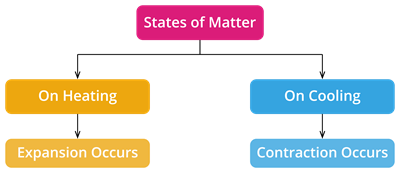PDF chapter test TRY NOW
We know the characteristics of solid, liquid and gases. Let's now see what happens when heat is applied to different states of matter.
When particles' arrangement in a substance change by applying pressure, altering temperature and for other different reasons the physical state of the substance gets changed.
Let us see what happens when we apply heat to the substances:
On applying heat to these different states of matter, they all expand. When heat is added, the molecules gain energy and vibrate and force other molecules to move apart.
This expansion is minimum in solid compared with liquid and gases.
Expanding capacity: Gases<Liquid <Solid
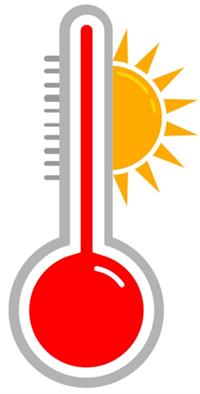
Solid:
When heat is applied, they expand by a small amount.
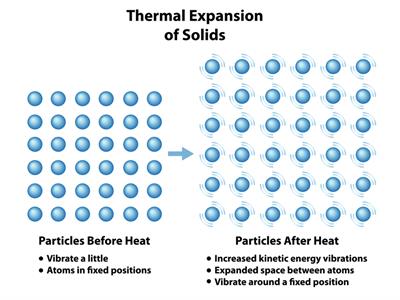
Reason: Particles are held by very strong intermolecular forces that start to vibrate faster at their fixed rate. But the force of attraction is stronger, which keep them close together; therefore, small expansion due to strong bonds.
Effect of heat on solid
Liquid:
When heat is applied, the liquid expands moderately.
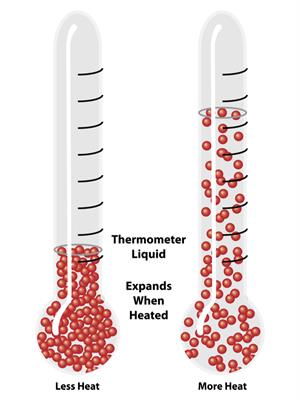
Reason: Particles move around each other faster where the force of attraction between these particles is less than solids, which makes liquids expand more than solids.
Effect of heat on liquid
Gases:
When heat is applied, gases expand larger.
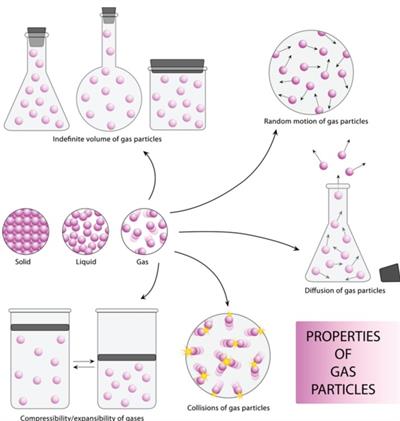
Reason: Particles are held very loosely, and so they move faster compared to liquids. They collide with a large amount of force with the walls of the container.
Effect of heat on gas
On cooling, the different states of matter contracts where their volume decreases. When a glass of water is heated, its volume increases, and if a glass of water is cooled, volume decreases.
Such changes where there is a change in volume but mass remaining the same are called physical changes.
The overview for the effect of heat and cooling on states of matter:
